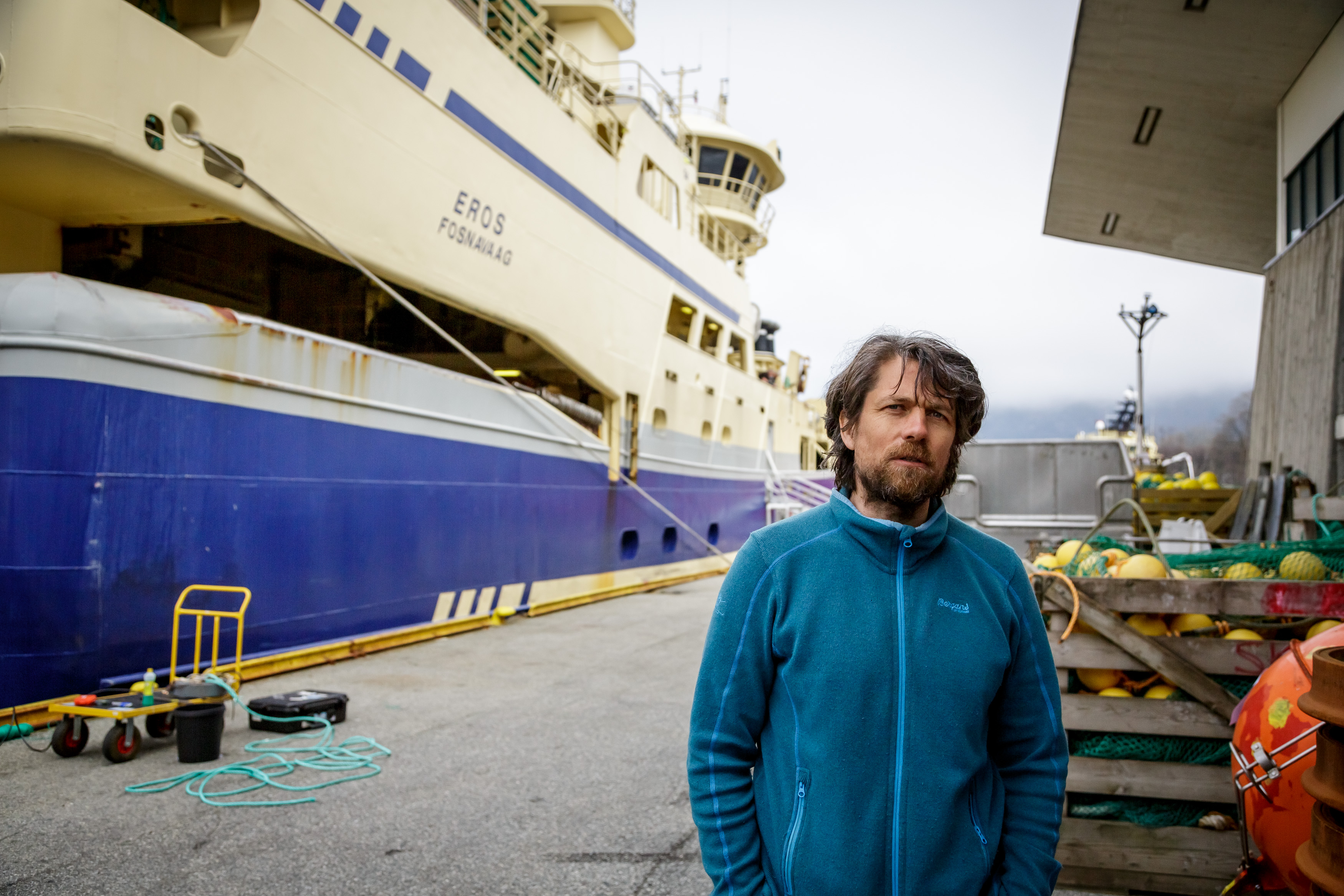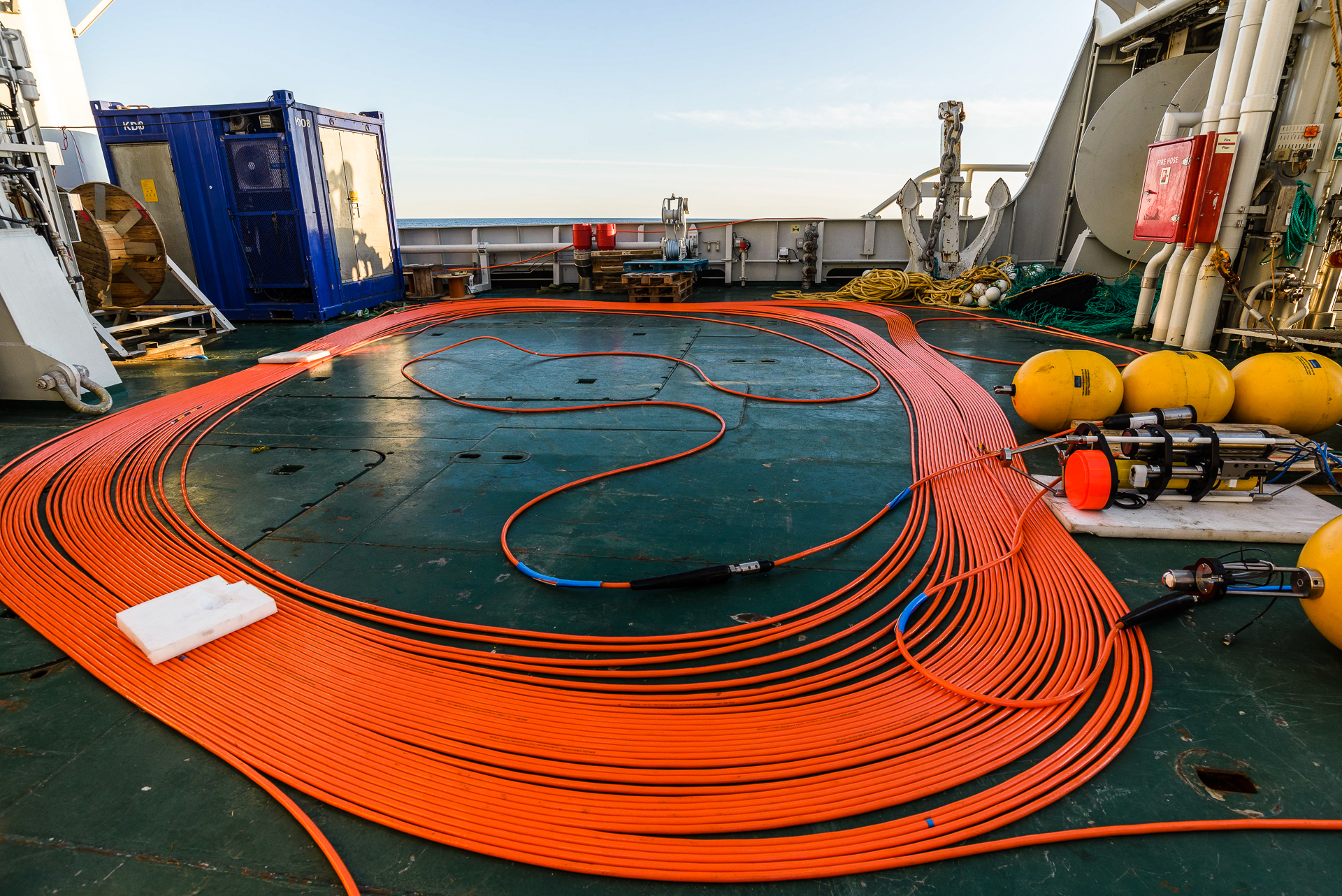Deep insight into the oceans off Vesterålen

Lofoten-Vesterålen Marine Observatory (LoVe) will send continuous real-time data from a fixed area, which can eventually be used to create long time series.
Photo: Geir Pedersen / HavforskningsinstituttetPublished: 25.08.2020 Updated: 09.10.2020
Marine research has historically involved a research vessel going out with a range of measuring equipment and trying to cover as big an area as possible.
One limitation of this approach is that the vessel moves from place to place, so data are collected over a limited period of time. The inauguration of the Lofoten-Vesterålen ocean observatory (LoVe) means that a continuous stream of real-time data will be sent from a fixed area, which will eventually allow long time series to be created.
“This continuous monitoring can be incorporated into models that predict how ocean currents and ocean temperatures are changing”, says researcher Geir Pedersen, who has led the project’s work on sensors and technology.

Backbone is working well
In May maintenance was performed on the observatory. Project manager Espen Johnsen explains that one uncertainty has always been whether the nodes furthest out to sea get enough electricity.
“We did simulations, but there has been this uncertainty. Now we have checked all of the points of contact and confirmed that the observatory’s electricity supply and bandwidth are both sufficient. That is the backbone of the observatory, and it is working well”, says Johnsen, before adding
“Not only is the observatory based on complex technology, maintaining it is also a technical challenge”.

Advanced marine research technology
The nodes are equipped with a cable that can reach a few hundred metres below the sea surface. Attached to it there are scientific sensors to measure ocean currents and echo sounders that can monitor the migration of schools of fish and zooplankton. There are also hydrophones to pick up underwater sounds.
“Hydrophones are underwater microphones that allow us to monitor how much noise is made by humans. We can also use them to continuously monitor marine mammals. If a whale swims past, we will hear it”, says Pedersen.
The LoVe observatory also provides an opportunity to develop better digital solutions for ocean observation, as it can be used as a platform to test new sensors for studying marine environments. That provides new opportunities for both research and equipment suppliers.

